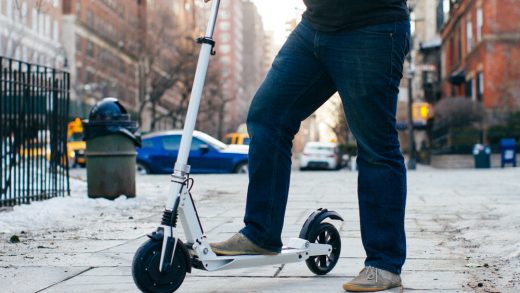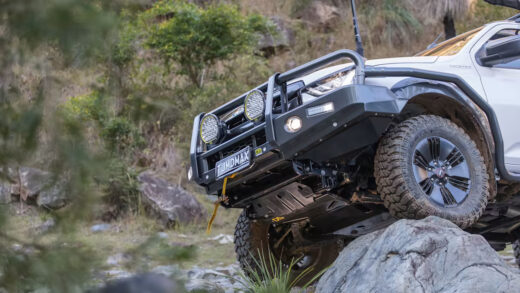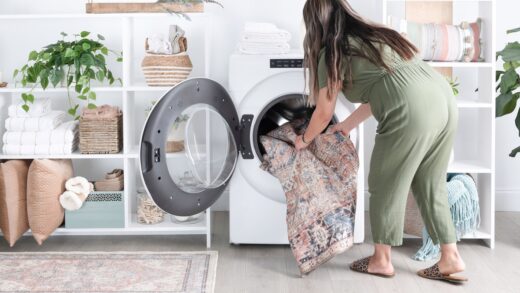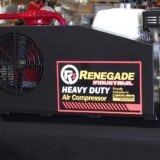A Buyer’s Guide to Scooter Bars
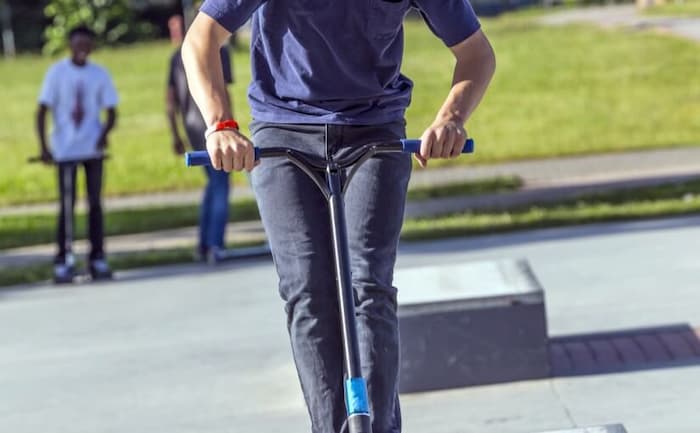
Learning tricks on your scooter is fun, but if you don’t get the perfect landing more than a few times, odds are you’ve damaged the bars. A little tinkering can straighten most bars out, but some are beyond repair and this is the time to start shopping. The same goes for bars that just don’t feel comfortable because they’re just not the right size.
Swapping out your old bars is all about improving ride quality and landing new tricks. A bar that gets in the way of either needs to go. After all, you want the right scooter with the right fun factor. There are dozens of scooter bar designs to choose from, but getting what’s right (this time round) involves a few important things:
- Height – This is the first thing to consider on any scooter, be it a complete that gets you riding in the first place, or a pro scooter you’ve had for some time. Bar height starts at 410mm for toddlers and kids and goes up to 800mm for anyone nearing 2 metres. So, getting the right bar depends on your height and bars should be roughly waist height when standing on the deck. This means you’ll have the right mix of balance, comfort and performance for different types of riding. Bars that are too high will curb control and handling even in a straight line, while those that sit too low get you in an uncomfortable posture. This is more or less the same for most riders, but you’ll find riders that want somewhat shorter bars for the park, and bars a little higher for more riding comfort.
- Width – Just like height, bar width will impact stability and control, but there’s a bit more flexibility here. Bars start at 450mm in kids’ scooters and go to more than 600mm in taller completes. Wider bars give riders more leverage for street riding, with better handling, and going higher in tricks. A narrower scooter bar will be better in the park. Generally, go for bars that are shoulder width, and cut or add a few centimetres depending on your riding style. And if you end up with bars that are a bit too wide, you can always cut them down to size.
- Diameter – Diameters are that of the bar downtube that fits into the deck headtube, clamp and fork. There are two basic types here, standard and oversize bars. Standard bars have a 31.8mm outer and 28.7 mm inner diameter, and this makes them suitable for standard forks and clamps, as well as threaded forks. A standard bar works well with most compression systems, bar HIC (Hidden Internal Compression System) where oversize bars are used. These have an outer diameter of 34.9 and inner diameter of 31.9mm and are often made of tough wearing Chromoly.
Other Design Factors
Things like back sweep or rake refer to the angle at which your wrists sit on the bar. Bars can have no sweep, or slight back sweep like you’d find in BMX handlebars. Get what works best for you. Gussets between the crossbar and downtube add more strength for power users and are good for better control in wider bars. Another thing is the bar slit or the incision at the lower end of the downtube and this needs to fit the clamp and stabilise the bar to the fork.
Bar Shapes
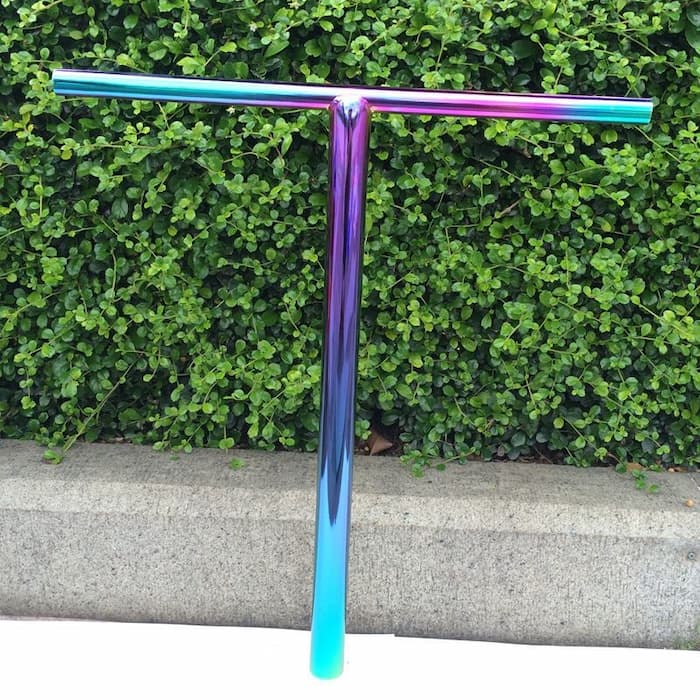
Scooter handlebars are either ‘Y’ or ‘T’ bars. T bars are somewhat lighter than Y bars and are preferred for street riding. For the park, you’d want Y bars that can handle the beating, as they’re also stronger. Most pro scooters and higher-priced completes are fitted with Y bars.
Materials
When choosing your next scooter bar, you also can pick between different materials. This includes Chromoly steel, aluminium or titanium. They differ in weight and overall strength. Chromoly steel bars are considerably heavier than both aluminium and titanium bars, but offer a decent dose of strength. They can be optioned in standard and oversized diameters and can be used with different compression systems.
Aluminium bars are lighter, but typically thicker to compensate for the strength difference, meaning a standard inner diameter and oversized outer diameter. As such, they won’t work with HIC compression.
Titanium bars come as the strongest and lightest, but also at almost twice the price of either aluminium or Chromoly steel bars. They’re also oversized so won’t fit the standard clamps or forks in most completes, but are good with HIC compression.
Compression Types
Scooter compression is the way the bar attaches to the clamp, fork and deck. There are three main types – HIC, SCS (standard compression system) and ICS (internal/inverted compression system). Hic is the oldest type, and good if you want reliability, and lightweight. To run a HIC system, you’ll want a threadless fork and threadless headset with an oversized bar with a slit.
Next up is SCS, which adds a little weight but is extremely strong (doesn’t have a slit) so there’s no chance of the bar snapping off the clamp. If you’re harder on your scooter then this is what you want. The lightest compression type is ICS and is often found with standard size aluminium and Chromoly steel bars with threadless forks and headsets. Good for a stable, yet light fork and bar connection.
Handlebar Accessories
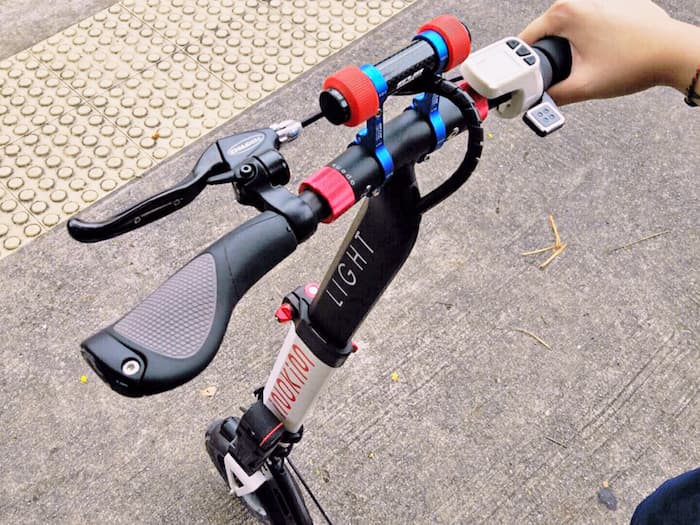
Lastly, let’s not forget that bars can be used with different grips made from EVA foam or durable rubber and optioned in different textures and sizes to better grip the hands. To prevent hands from slipping off the bars, get yourself a good-looking pair of bar ends.



